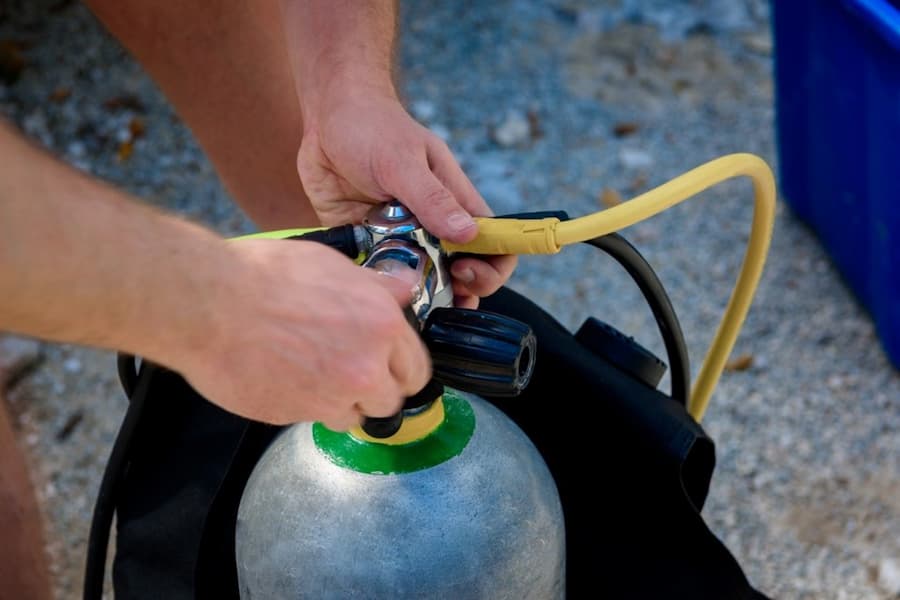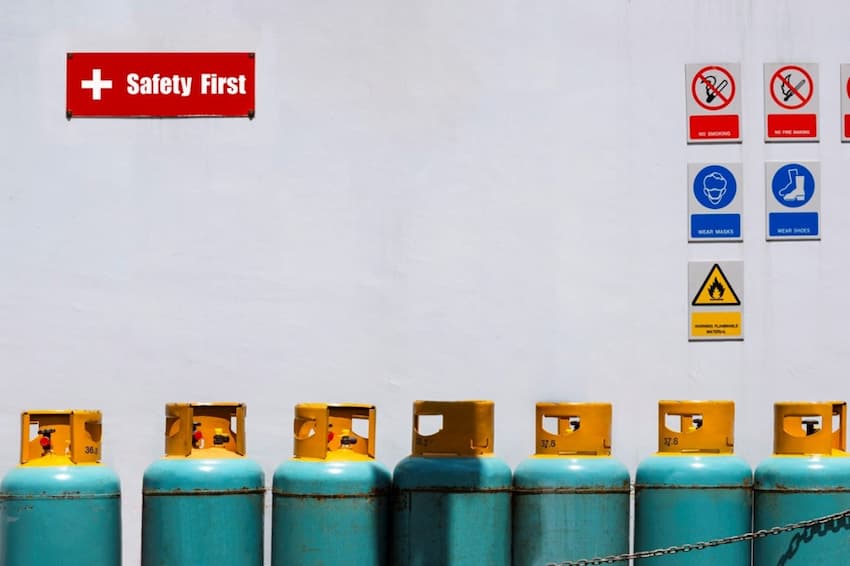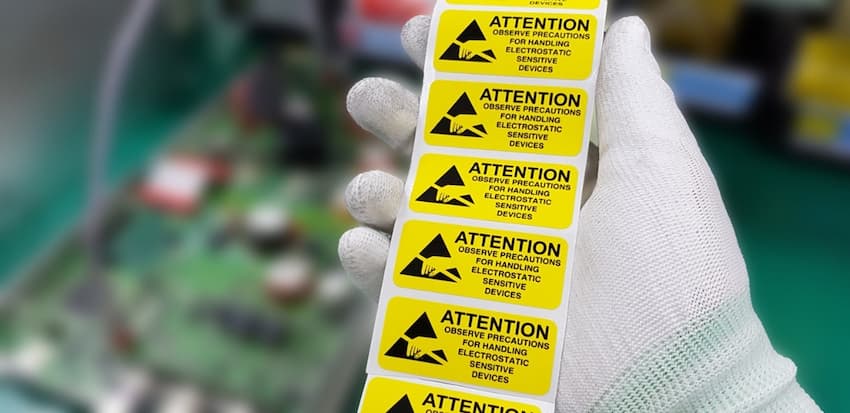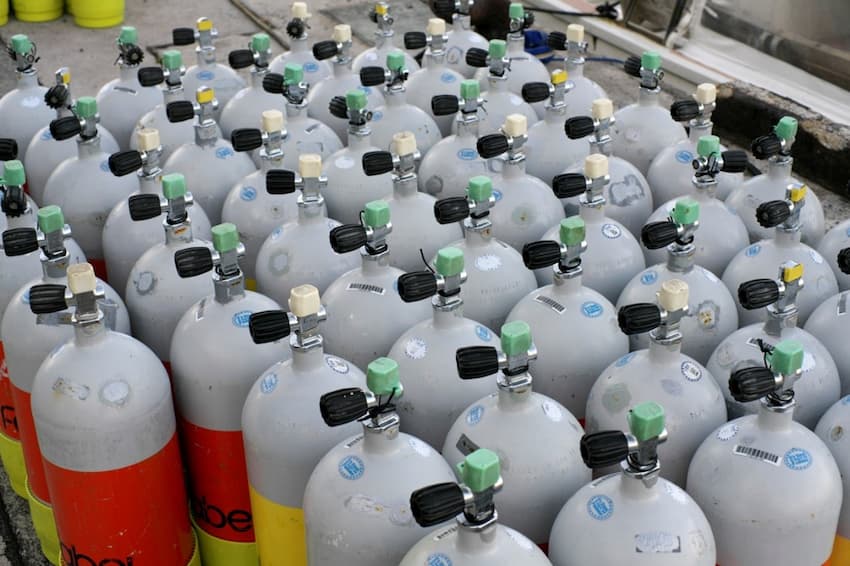The Importance of Safety When Handling Bottled Gases
Bottled gases are used across many industries, from manufacturing to healthcare, and serve a multitude of diverse purposes. However, despite their incredible versatility, it is crucial to approach their handling, storage, and usage with utmost caution and precision. In fact, due to their properties, such as their combustibility and reactivity, there are a few potential hazards and risks to consider and prevent; failing to adhere to safety measures can lead to severe consequences, ranging from minor accidents to serious incidents.
Drawing upon our extensive expertise in the field, this article aims to provide a comprehensive overview of the most important safety procedures and precautions to adopt when using bottled gases. Our purpose is not only to underscore the possible dangers of bottled gases but also to empower our readers with the knowledge to ensure a responsible handling of these gases.

How to Handle and Store Different Bottled Gases
It is obvious to start with the basics, which is to know what you are dealing with. The following list outlines the essential steps to take for a well-informed and proactive approach.
1. Proper Identification and Separation of Incompatible Gases: all bottled gases must be clearly labelled with their contents, hazards, and handling instructions. Appropriate segregation and spacing are paramount to ensure different gases are stored separately, especially those that could react dangerously when/if combined. When not in use, cylinders must have protective caps on.
2. Secure Storage Conditions: gas cylinders must be kept in well-ventilated and dry areas, away from direct sunlight and extreme temperatures. Keep cylinders upright and secured in a proper rack to prevent them from falling, tipping, or rolling.
3. Handling and Transportation: transport cylinders utilising proper equipment, securing them in an upright position. Don’t drag or roll them to avoid damaging valves and consequential leaks.
4. Regular Cylinder Inspections and Ventilation: carry out regular inspections to spot signs of damage, corrosion, or leaks. Do not use damaged cylinders under any circumstances, and always ensure they are stored in a ventilated area away from sources of heat and ignition sources.

Implementing Appropriate Safety Measures for Bottled Gas Usage
Implementing and adhering to meticulous safety procedures is not a mere formality but a crucial and potentially life-saving measure when dealing with bottled gases. By adopting them with precision, you can enhance overall operational safety and foster an environment where the risks and dangers are minimised.
Let’s delve into the main safety measures to put in place.
1. Training: it is important to have clear procedures for shutting down gas equipment in case of an emergency. Make sure everybody is trained on such procedures and has access to emergency shutdown devices.
2. Safety Gear: always wear appropriate PPE, like gloves and safety goggles. Be aware that specific PPE requirements may vary depending on the type of gas, so check what gas you are dealing with when choosing the correct safety gear.
3. Leak Check: check cylinders for leaks before use. If you spot a leak, tag the cylinder, move it to a ventilated, isolated area, and contact the supplier.
4. Regulators: ensure that pressure regulators and reducing devices are in good condition and properly adjusted before connecting cylinders to equipment.
5. Usage: never use a gas cylinder based on its colour code, but only when correct labelling and identifiable content is displayed. Colours can vary depending on suppliers.
6. Ventilation: use gases only in well-ventilated areas or where there are efficient ventilation systems in place to prevent the buildup of potentially hazardous concentrations.

Recognising the Hazards and Risks Associated with Bottled Gases
Gaining a comprehensive understanding of the nature of the many hazards that arise from the handling of bottled gases is essential when aiming to avert accidents. From the dangers of flammability to the challenges of reactive properties, a thorough exploration of each gas’ diversity is necessary to develop a solid risk management strategy.
1. Physical Hazards: if a cylinder’s valve is damaged or broken due to mishandling, it can easily become a real projectile. To avoid this, it is paramount to develop and review emergency response plans complete with emergency exits, first aid kits, and emergency shutdown procedures.
2. Health Hazards: exposure to certain gases can cause health impacts, such as asphyxiation, burns, or poisoning. The key is to be knowledgeable about the physical and chemical properties of the gases in use, including their flammability, toxicity, and reactivity.
3. Flammability Hazards: certain gases are highly flammable and can cause fires or explosions. Take the right precautions when working with them by eliminating potential ignition sources, using explosion-proof equipment, and maintaining electrical safety.
4. Chemical Hazards: some gases can react violently with other substances. Risk assessments are essential to take before using any bottled gases, as well as identifying potential hazards and implementing control measures to reduce risks.
As we saw, handling bottled gases can be a dangerous matter; however, if done correctly and with proper precautions, they can be precious allies in organising parties, levelling up your business, and engaging in a series of other activities.
At Bottle Gases, we are gas experts and can provide you with the safest options and support, whether you need refillable helium canisters for your balloons, beer gas cylinders to brew your very own drinks, or Oxy-Fuel gas to make welding easier.
Feel free to contact us and find out how we can assist with your needs.



